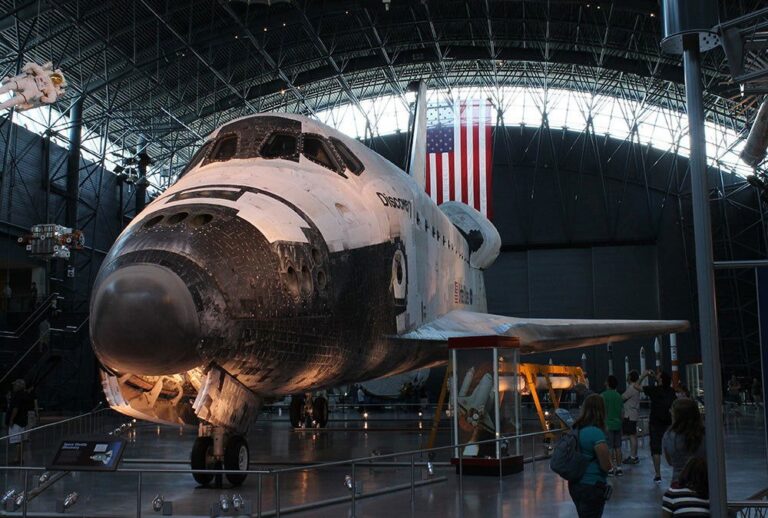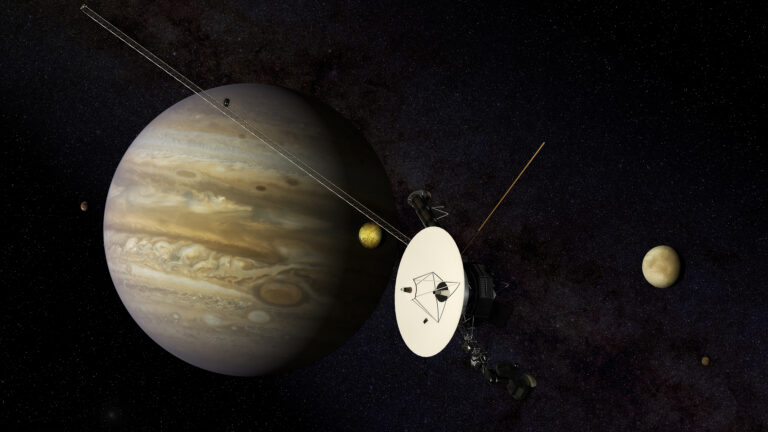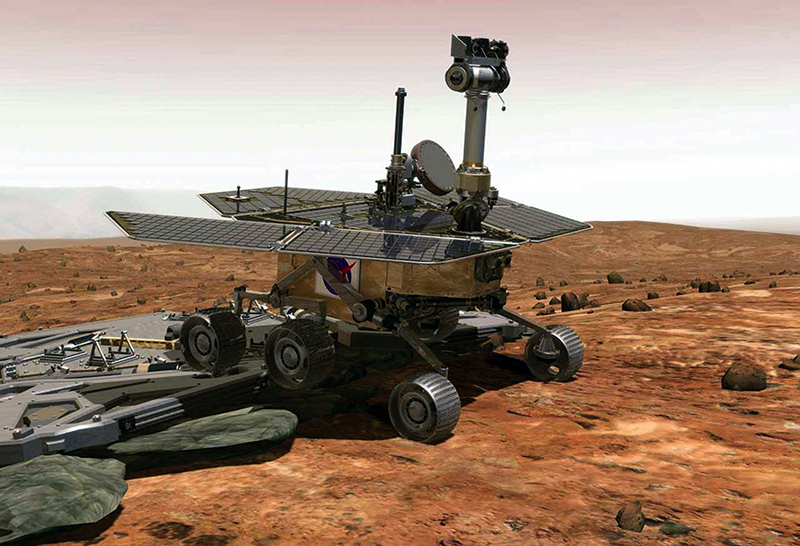Key Takeaways:
The Rosetta orbiter, which carries the DLR (Germany’s space agency) lander Philae, has completed more than two-thirds of its journey to the comet Churyumov-Gerasimenko. The most comprehensive cometary investigation ever, the mission will deliver DLR’s Philae lander to the comet’s surface for in situ studies. Meanwhile, the spacecraft and lander are due to close in on 21 Lutetia, a large main belt asteroid, July 10.
At 60 miles (100 km) in size, 21 Lutetia is one of the larger main belt asteroids. The lander will investigate whether the asteroid has a magnetic field and an exosphere and study their characteristics.
Philae was first switched on July 7 so the team could prepare the lander for activities around closest approach. The lander will perform science observations July 10.
Philae to help uncover Lutetia’s true nature
This observation sequence will take place during the asteroid flyby itself with the lander switching on at 8:45 a.m. CEST July 10. It will be on throughout the flyby; closest approach is scheduled for 5:45 p.m. CEST. The lander and orbiter will be 1,969 miles (3,169 km) from Lutetia, according to recent estimates.
Three instruments on the lander will be switched on during the flyby:
- The Rosetta Lander Magnetometer and Plasma Monitor (ROMAP will study the local magnetic field and monitor the interactions between the comet and the solar wind.
- MODULUS PTOLEMY is one of two evolved gas analyzers, which obtains accurate measurements of isotopic ratios of light elements by heating solid samples to release volatiles.
- The Cometary Sampling and Composition experiment (COSAC) is also an evolved gas analyzer. It detects and identifies complex organic molecules from their elemental and molecular composition.
ROMAP will be measuring continuously while it is on between 7:06 am and 5:50 p.m. CEST and will be looking for interactions between the asteroid’s magnetic field and the solar wind. COSAC and PTOLEMY will perform a series of “sniff” measurements (5 by PTOLEMY and 2 by COSAC), which will be used to help determine whether or not the asteroid has an exosphere.
Scientists are not sure whether Lutetia is an M-class (metallic) asteroid or if it is a C-type (chondrite). The lander observations will help to ascertain this by studying the composition of the possible exosphere and by studying the asteroid’s thermal history and the presence of magnetic minerals. This will help identify Lutetia’s age and asteroid type.
The orbiter began refining its path to Lutetia using its optical navigation cameras May 31. Unusually, the lander will be illuminated by the Sun around the time of the Lutetia flyby. This is why the team will put the lander into a special thermal configuration to keep it within its nominal thermal range.
Operating Philae
At closest approach, Rosetta will be traveling past Lutetia at 34,000 mph (54,000 km/h). This is comparable to sending a radio-controlled car down a highway at roughly 60 mph (100 km/h) to take pictures of a stationary object it passes in the next lane, with the exact timing of the commands fixed a month in advance. If that doesn’t sound hard enough, the planning would also have to be done from so far away that the highway would be twice as far as the Moon is from Earth.
The DLR team at the Philae Lander Control Center in Cologne works closely with the European Space Agency’s (ESA) European Space Operations Center (ESOC), where the Rosetta Mission Control Center is located.
The lander control center is responsible for operating the lander, but the lander operations team cannot command the lander directly themselves in such a way as to push a button and have a command sent. The mission control center is informed of the commands to be sent to the lander by the team in Cologne via a formal interface, and the Rosetta mission operations team in ESOC uploads them to the orbiter. The orbiter stores these commands in its mission timeline and then relays these commands to the lander at a specified time; finally, the lander executes those commands at another specified time.
Using a similar method to that employed for telecommanding, the lander passes its telemetry to the orbiter, which then transmits it back to Earth. It is worth noting that the commands and telemetry are radio transmissions that travel at the speed of light. But even so, the enormous distance between Rosetta and Earth means it will take 25 minutes for these messages to travel to or from the spacecraft. Thus, when a command is sent, it takes almost an hour before confirmation of receipt of that command sent by the spacecraft arrives back to Earth. Because of this delay, all commands are stored in the spacecraft’s mission timeline well in advance of an event; the commands for the flyby are already on board. The spacecraft will execute them automatically at the relevant time, although it would still be possible to send additional commands in the event of an emergency.
During the flyby July 10, the team will be monitoring the lander telemetry closely from the control room and will keep an eye on the lander’s health. Since all the commands for the flyby are already in the orbiter’s mission timeline, the team does not expect to have to send any commands during the event.










